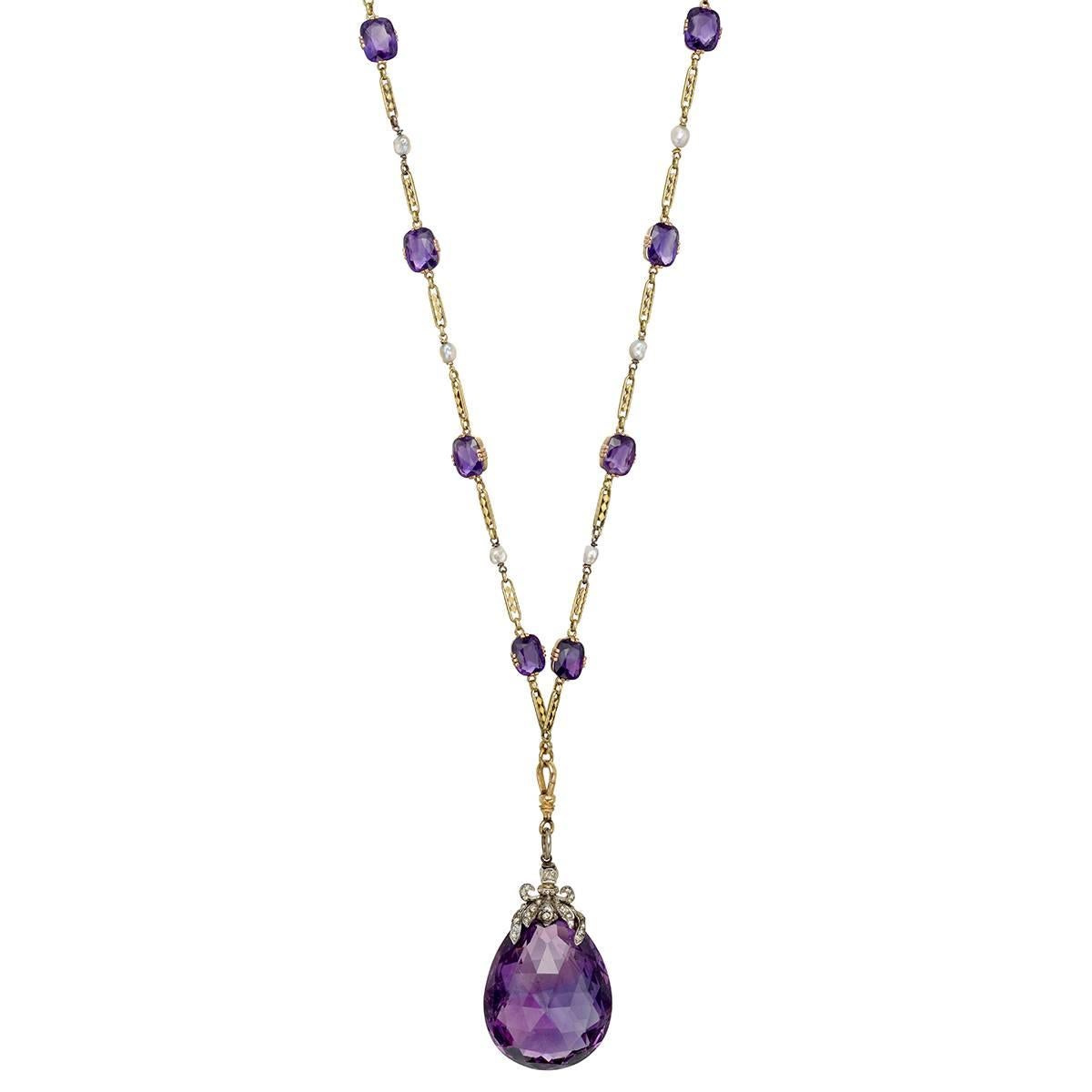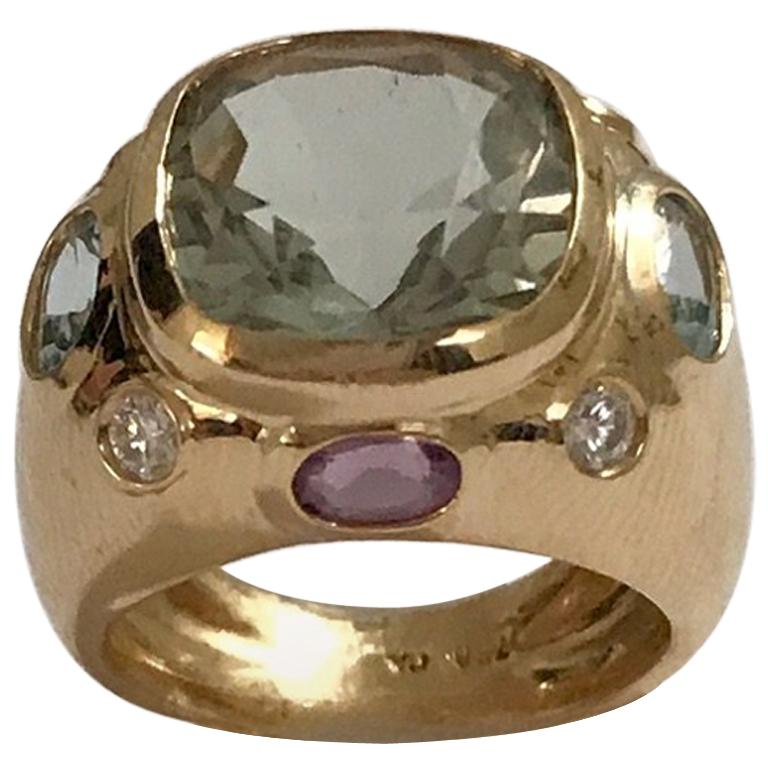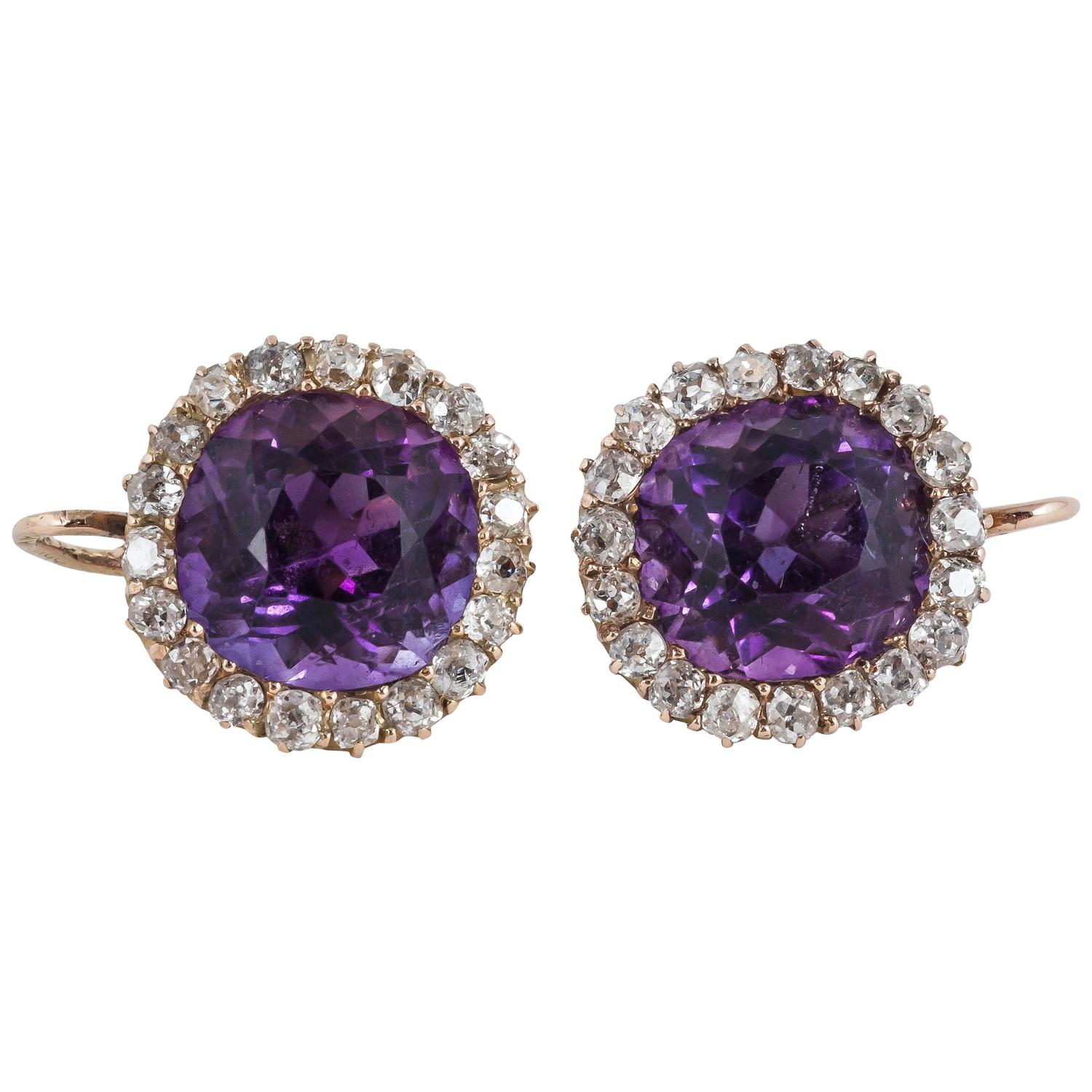


This stone is not prone to scratches and chips. This is a very good value that determines the durability of amethyst. The hardness of the mineral is 7 out of 10 on the Mohs scale. Amethysts are later formed from these solutions. Such water contains substances of magma and also washes out elements from the surrounding rocks. The origin of amethyst is connected with the movement in the Earth's crust of water, which has separated from magma. The color of amethyst can be very deep or practically colorless, depending on the traces of iron in the mineral. Like all minerals in this group, it is silicon dioxide. AmethystĪmethyst is the most expensive variety of quartz, which is a rich purple or lilac color, sometimes even tinged with blue.

The most expensive and rare "blue" garnets, alexandrite, which change their color under different lighting conditions, are mined in Madagascar and Tanzania. Garnets are mined in Brazil, Canada, Finland, India, Russia, Madagascar, Alaska, as well as other countries. It is worth noting that one of the oldest necklaces with garnet inlays is about 3000 years old. Such hardness also affects the durability of the mineral. The hardness of the stone is estimated from 6.5 to 7.5, which is a rather high value, so the mineral is less susceptible to scratches and damage. Colors can vary from red, orange, yellow, green, brown, purple, pink, or even black. The color of a stone will depend on the element that dominates it. The composition and crystal structure of a garnet determine certain properties of the stone. All varieties of garnet have a similar silicate origin. Garnets occur in metamorphic and igneous rocks and are formed at very high temperatures and pressures.Īt first, only red stones were known as garnets, but nowadays garnets are not a specific kind of gem, but a whole group of minerals. But except for their external resemblance, they do not have anything in common. This numbers should be somewhere in the 2.65 range if you have real amethyst.The name of the stone, Garnet, is consonant with the name of the fruit because it is derived from the Latin word, granatus, which means "Garnet seed. To find specific gravity, divide the weight of the amethyst by the weight of the displaced water. This is the weight of the displaced water. Subtract the beaker's original weight from this number. Weigh the beaker again, with the displaced water in it.Put in the amount of water that the mineral displaced. Remove the amethyst and drain the water.Subtract the level the water is at now from its original level. Then, partially fill the beaker with water and write down the amount of water, as measured by the beaker. Then, write down the weight of the amethyst. To start, write down the weight of the beaker.X Research source You can measure specific gravity with a beaker, big enough to fit your piece of amethyst in, and a scale. For amethyst, specific gravity should be around 2.65. Specific gravity is a term used by jeweler's to ascertain the rough density of a gem. X Trustworthy Source Gemological Institute of America Nonprofit institute responsible for gemological research and education and setting gemstone buying and selling standards Go to source Authentic amethyst may have some color zoning, which can lessen its value, that's typically visible when the gem is laid flat on a white surface. X Research source This may occur in amethyst gems. Color zoning is the uneven distribution of color in a gemstone.Your gem should have different hues of purple throughout and color may change slightly in response to different lighting. Color will not be entirely consistent in authentic amethyst.Some may be so dark that, under light, they appear blackish. Some amethyst gems may be so light there is only a light purple glimmer. Some gems may have a slightly reddish undertone, but should still remain primarily purple.


 0 kommentar(er)
0 kommentar(er)
